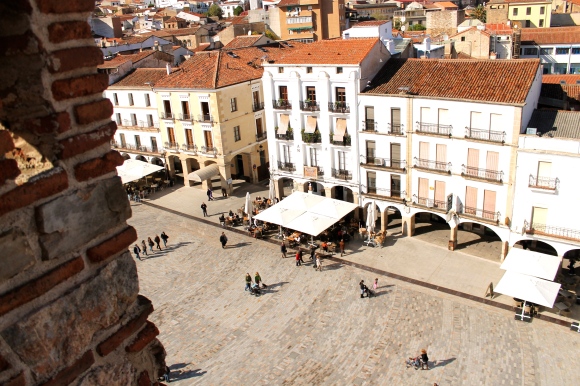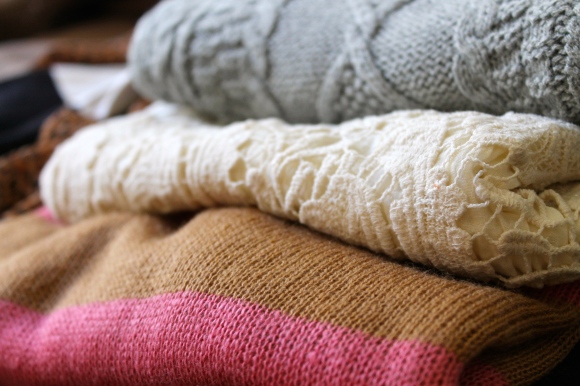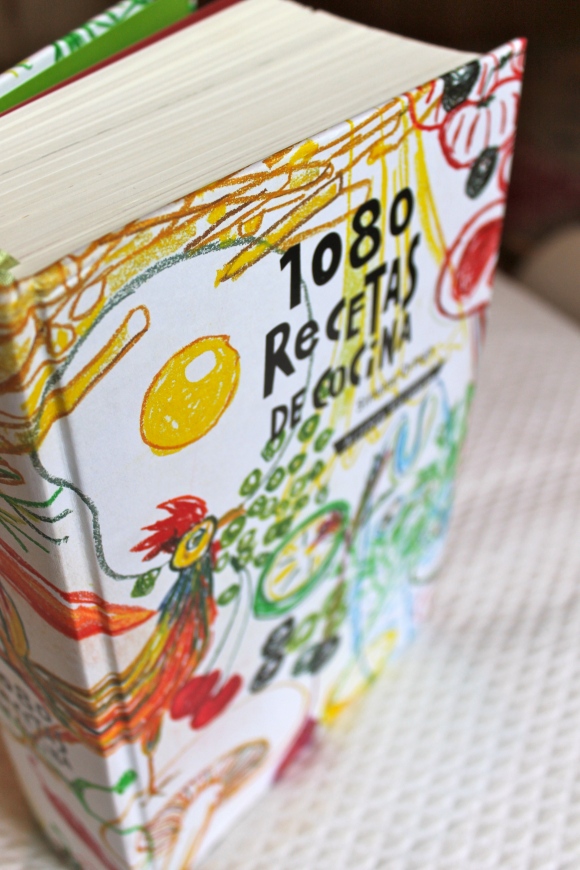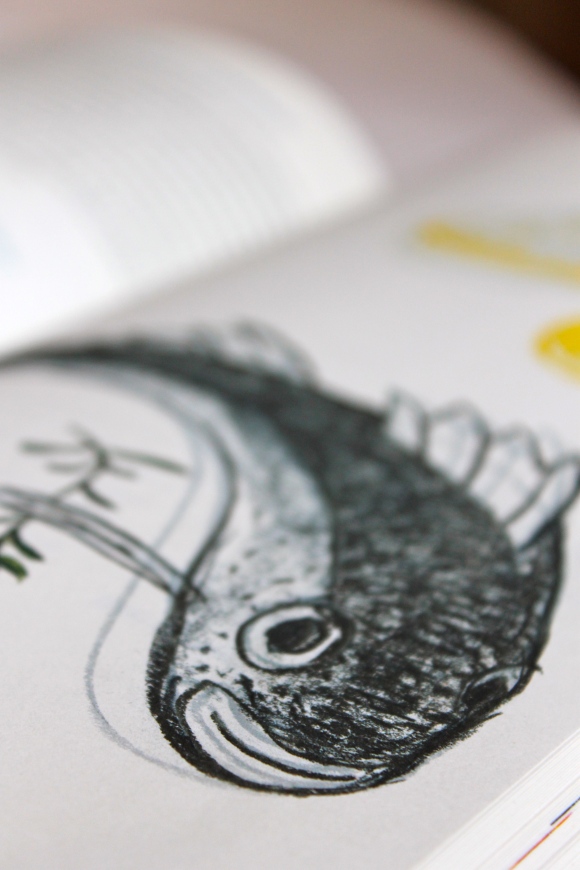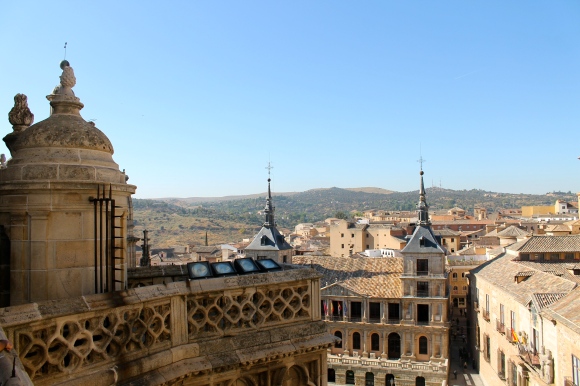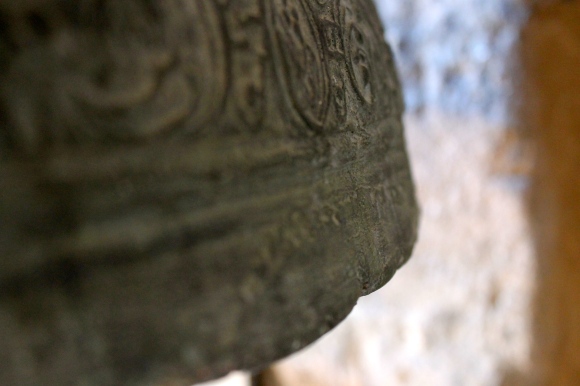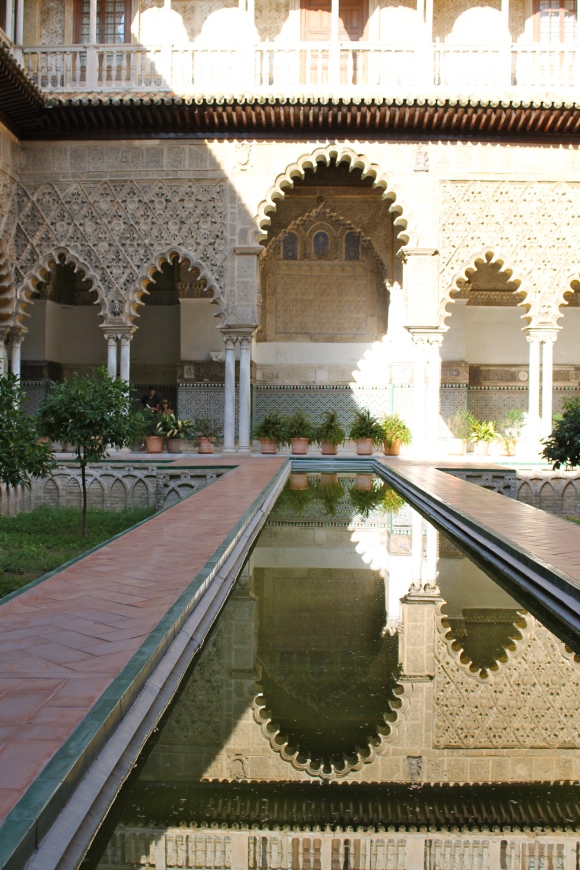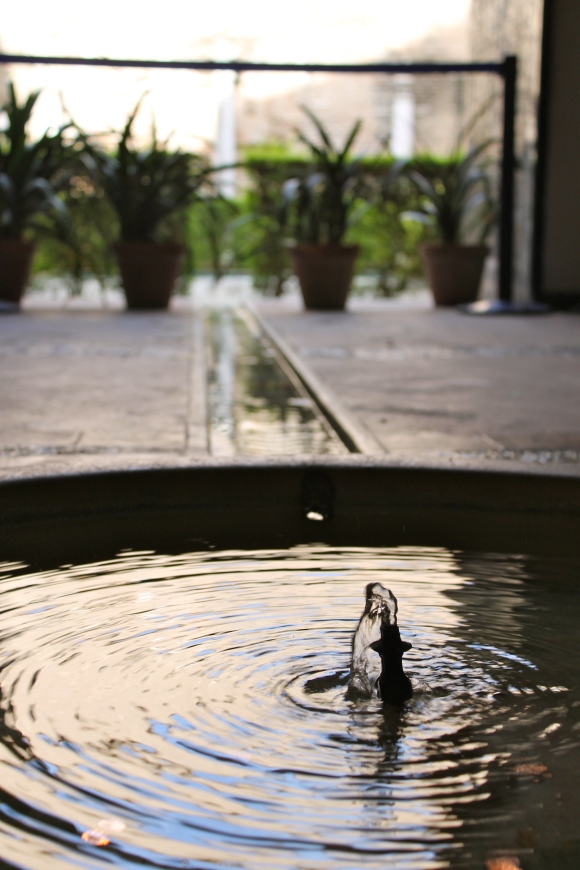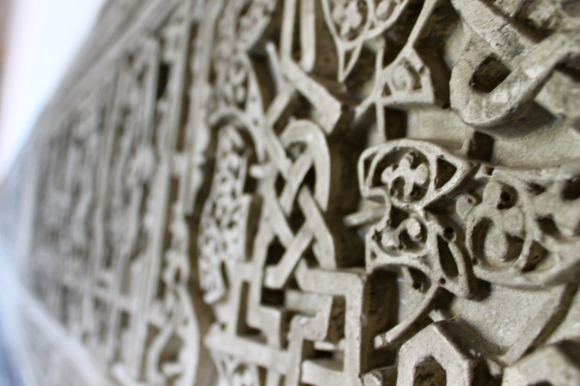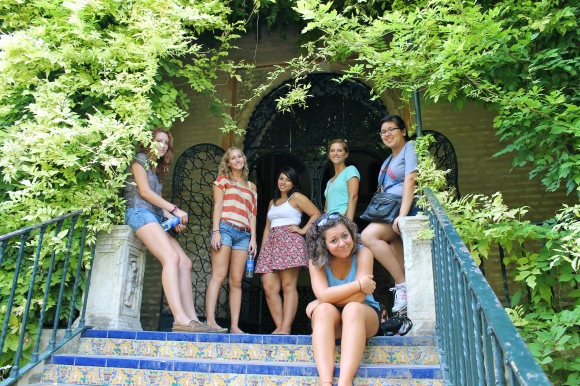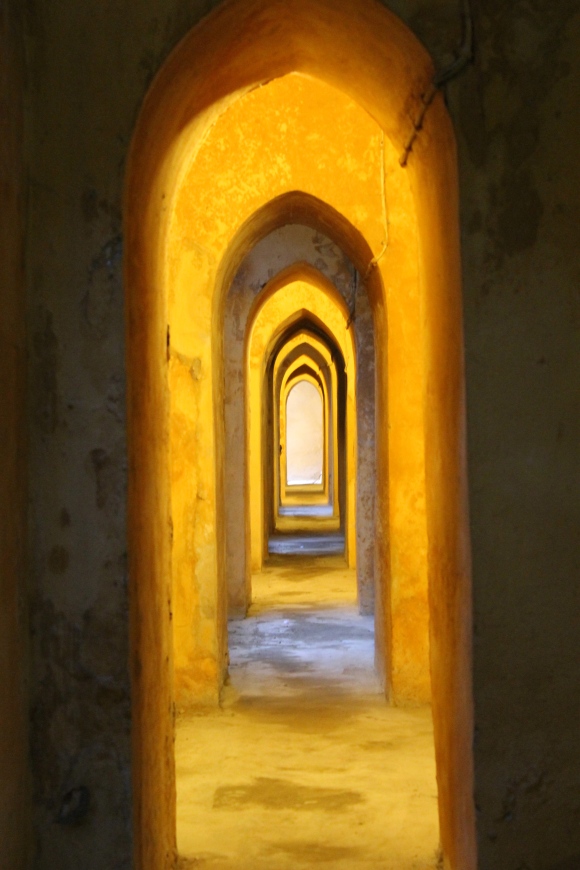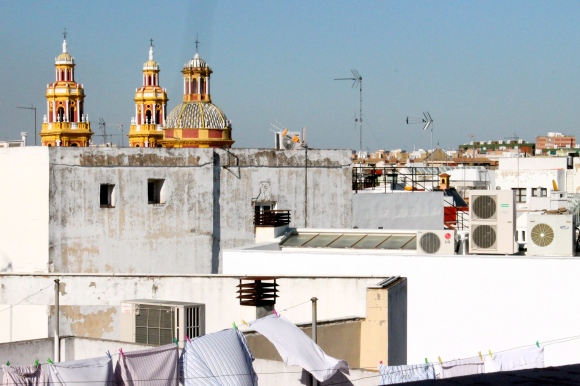I’ve been in Spain for nearly six months now. I’ve seen a lot of great things, traveled to a ton of cool places, and met many new friends. I party my ass off, take long walks, and study hard when the moment requires. I’ve immersed myself in this society as much as I can and I’m wildly, perfectly happy here – or at least, that’s what you’d think if you read my blog or stalked my Facebook. But here’s the truth: what I tell you about my time abroad is only a small portion. I leave out the frustrating phone conversations with my horseback riding trainer, who was supposed to pick me up at 4:30 but didn’t and then called me twelve times while I was on the metro and couldn’t understand whether he wanted me to wait at the station or walk to the barn. I don’t mention the insatiable craving I feel for a goddamn Subway sandwich, followed by the even worse guilt over my inherent and unshakeable Americanness. I keep mum about the nagging feeling that I’m not truly taking advantage of my time here that I get when I stay in and watch movies on a Friday night. And then worse, the inadequacy I feel over the fact that I’ve been here so long and still haven’t made a truly close Spanish friend. I look at some of the other girls who’ve been here since September and they have Spanish boyfriends, for God’s sake, and even though I don’t really want a relationship, I feel somehow less-than.
When you see the life I put out on the Internet, you’re really only seeing the best ten percent of what I do here. You don’t see all the boring days where I don’t do much more than go to class and do homework after, or the petty squabble I have with a friend, or the nights I go out for a beer or two then turn in early. And you definitely don’t see the moments when I break down and just want to go home.
Which, in case you hadn’t guessed, is right now.
In a lot of ways, I think that’s dishonest of me. While I was getting everything together to come out here, all I heard about studying abroad was how awesome it was going to be. Every person I talked to (including the woman working the phones at Chase who made sure my debit card wouldn’t get flagged while I was abroad) gushed over my trip. Past study abroaders fed me story after story of endless fun. And at first, Sevilla was like that. I devoured this city.
But at a certain point, this stopped being a vacation for me. I thought I could outrun my social anxiety and introversion, but of course that’s impossible. I had this image of myself as Sevillana Katy, some sort of study abroad alter ego. And that Katy was fun and adventurous, organized and driven but always up for a spontaneous night out. She would strike up conversations with everyone and snap street photos without fear. But that person doesn’t really exist – at the end of the day, I still start to sweat when I ask someone if I can take their photo. I still long for quiet nights in with a terrible movie and too much Diet Coke. I still come off as stand-offish, or worse, boring, to new acquaintances thanks to my debilitating shyness in groups. None of that went away simply because I ran off to Spain.
It’s funny, this has been one of the hardest things to write and put out there. I want everyone back home to believe I’m having this unreal time. When people, even some of my closest friends, ask how I’m doing I invariably answer “incredible” or “amazing” or some other superlative. “I may never come home,” I say. I’ve been feeding the stereotype that it’s all good times, all the time. It feels wrong. So here you go, readers: study abroad is not always fun. It’s real life. Ups and downs happen, and I think on a more extreme scale than back home. So if you’re planning to go abroad anytime soon, try not to idealize it too much before you leave. Because sooner or later you’re going to have a terrible day – there’s no need to make it worse by feeling bad about feeling bad.


